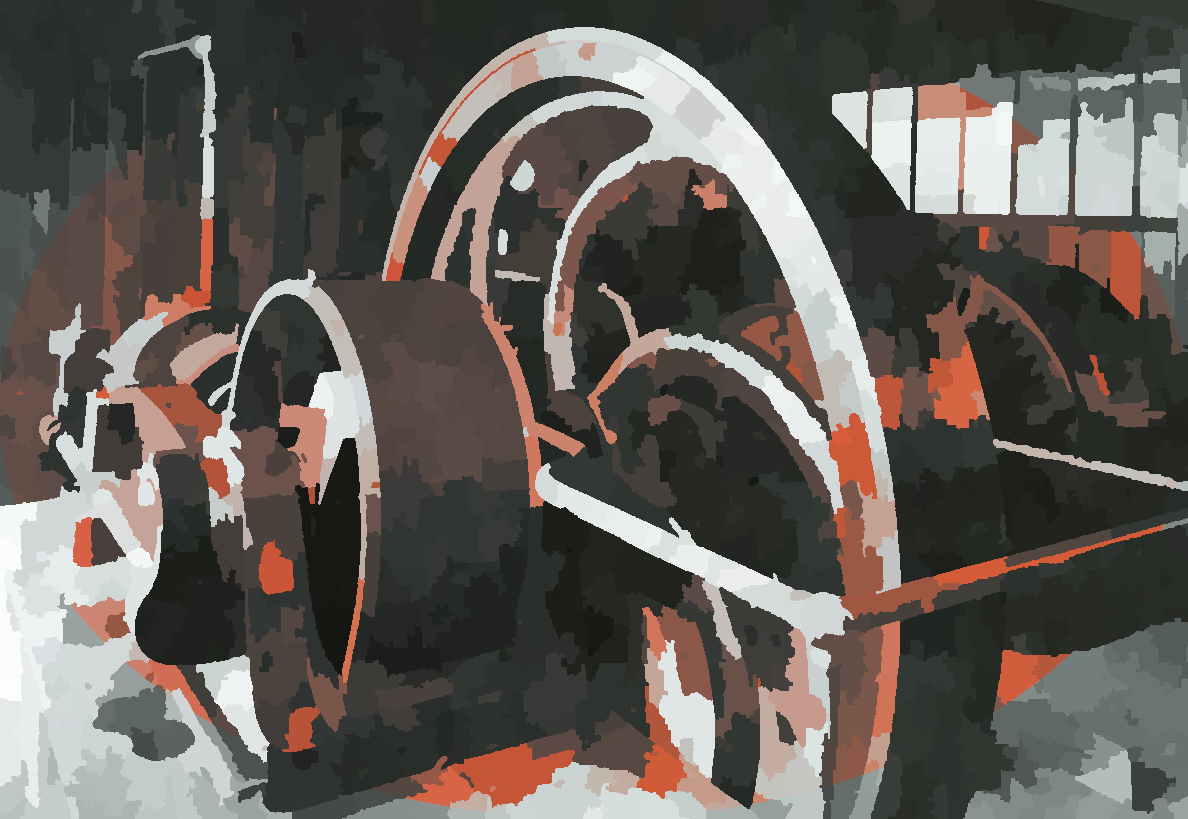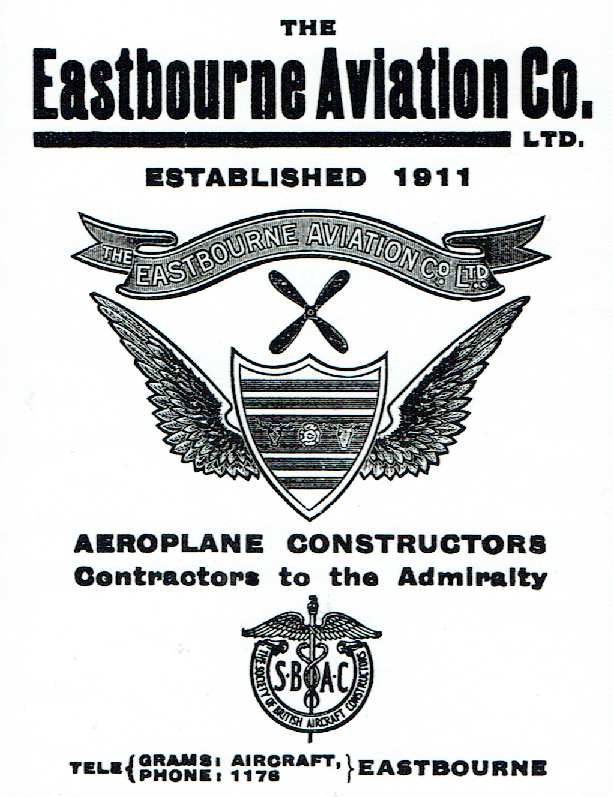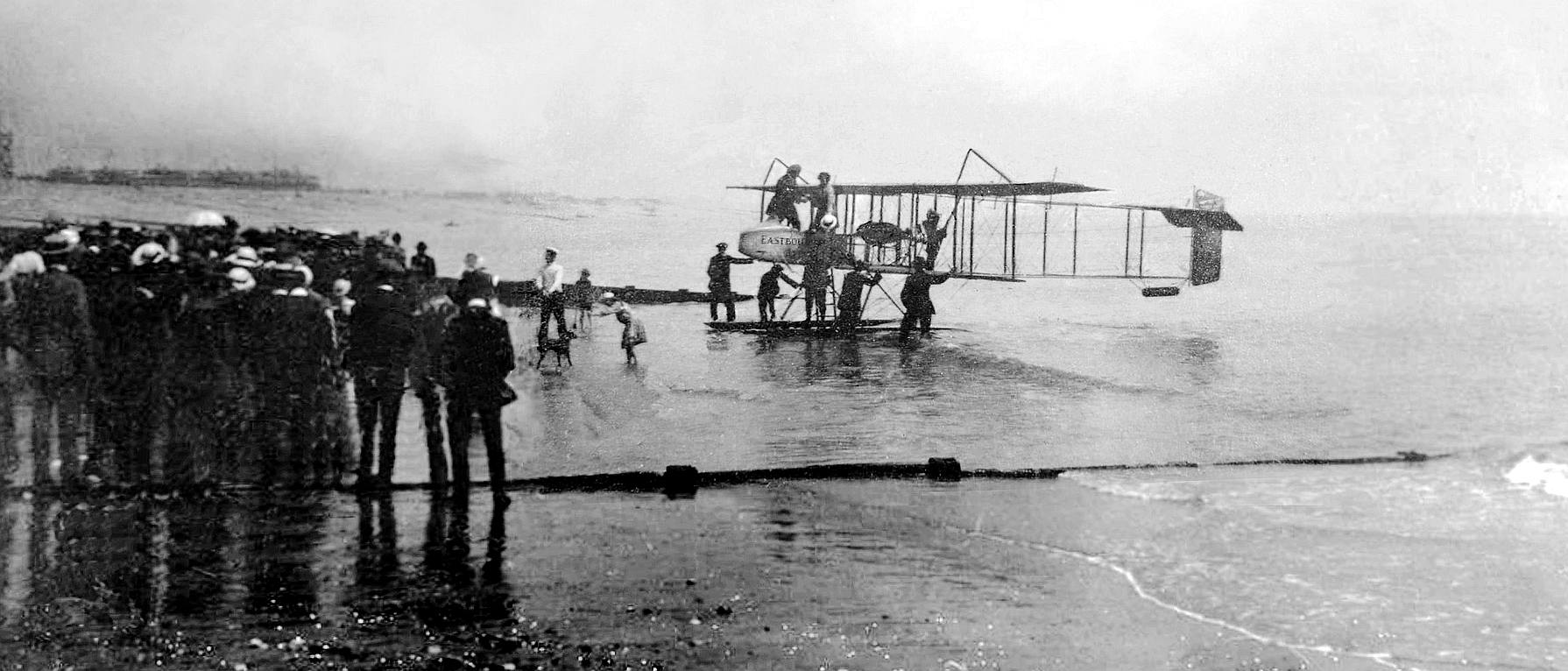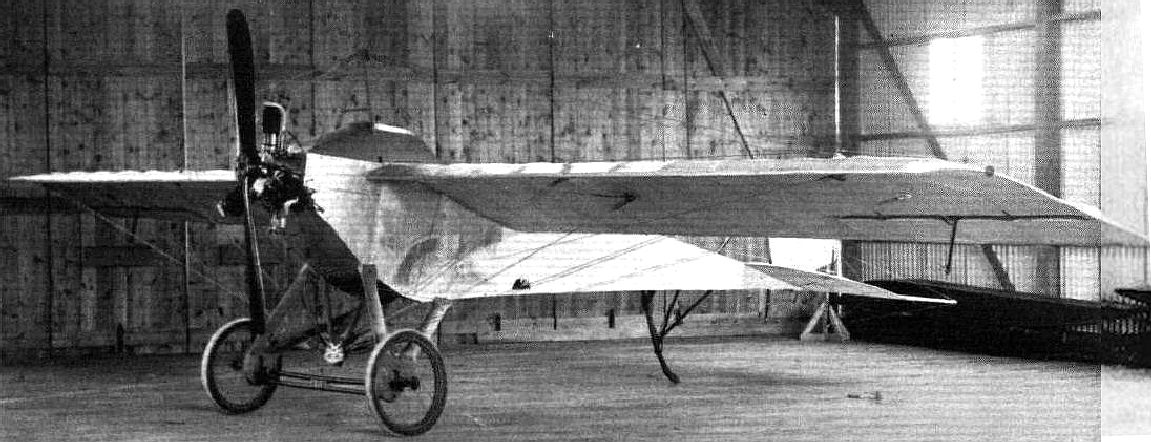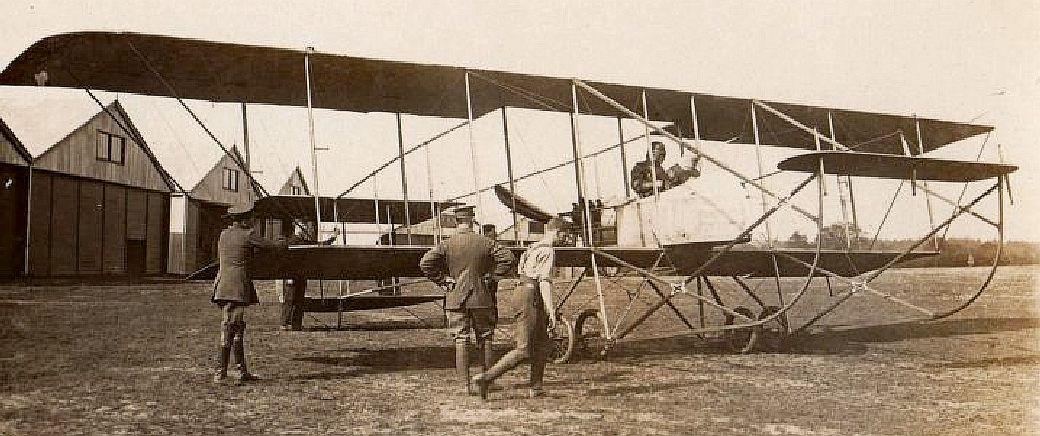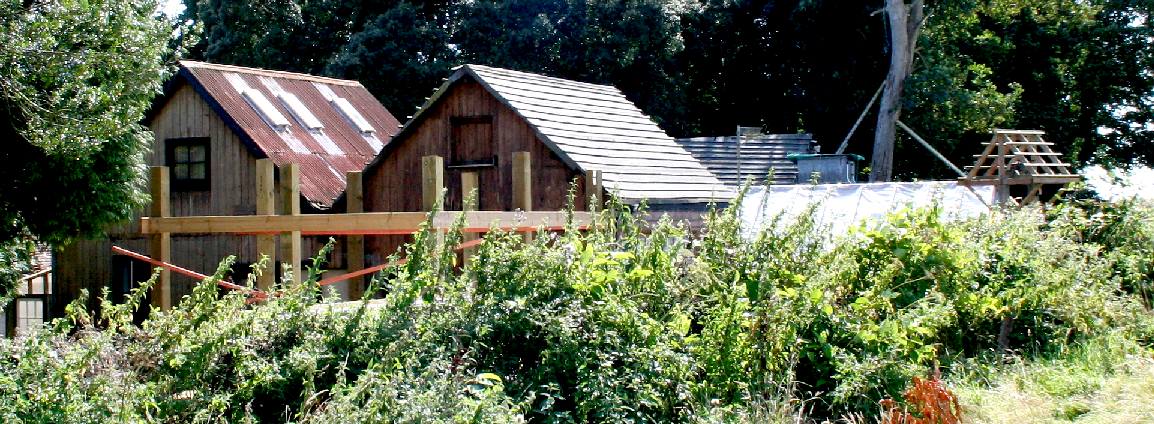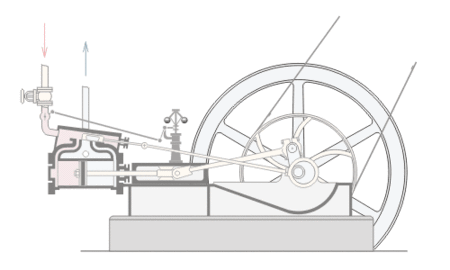|
EASTBOURNE AVIATION COMPANY |
SEAPLANES |
|
|
EXHIBITS FRIENDS HERITAGE HOME LIME PARK OPEN DAYS PARKING TECHNOLOGY UNESCO |
||
|
Great artwork
The Eastbourne Aviation Company came into being with Major Charles de Roemer at the helm, as one of the financiers.
Before the First World War and RAF Hertmonceux, Charles W de Roemer became interested enough in aviation to join forces with Bernard Fowler to produce aircraft at workshops on the Crumbles at Eastbourne in Sussex. He was a director of the Eastbourne Aviation Company (EAC) and being a Major in the RAF it is hardly surprising that he allowed Lime Park to be used by the RAF in World War Two, as a hospital for wounded airmen. Where Charles W had ceased generating electricity by 1932, it appears that having the generating rooms underused that he had no difficulty in converting the buildings to a temporary hospice for wounded airmen.
A seaplane being recovered after a flight, as Eastbourne beach, from the English Channel, La Manche.
This
point adding to the distinguished history, use and re-use of the old
generating buildings, as the Weald Supply took over electricity supplies
in 1936, thus making the former Generating Works redundant.
DEVELOPMENT - The EAC also built this much faster monoplane at their assembly sheds on the Crumbles. Very Louis Bleirot in design; from the air ace who crossed the Channel first in 1909. Single wing planes were more efficient, drag wise, using less fuel, going faster, or having greater range.
WWI - The Maurice Farman MF.7 Longhorn was a French biplane developed before World War I which was used for reconnaissance by both the French and British air services in the early stages of the war before being relegated to service as a trainer - seen above at Farnborough.
Herstmonceux Museum in 2017, with restoration works begun at a new pace, as the buildings were occupied by Bluebird Marine Systems, to develop the SeaVax and AmphiMax ocean cleaning machines. Adding further prestige to the already outstanding innovations and achievements of Charles de Roemer, at this historic location.
WORLD WAR ONE
If you have any information to add to or help us embellish this story, we'd love to hear from you.
|
||
|
|
||
|
EXHIBITS FRIENDS HERITAGE HOME LIME PARK OPEN DAYS PARKING TECHNOLOGY UNESCO
Copyright © 2023 Lime Park Heritage Trust. A not for profit organisation with charitable objects.
|
||
